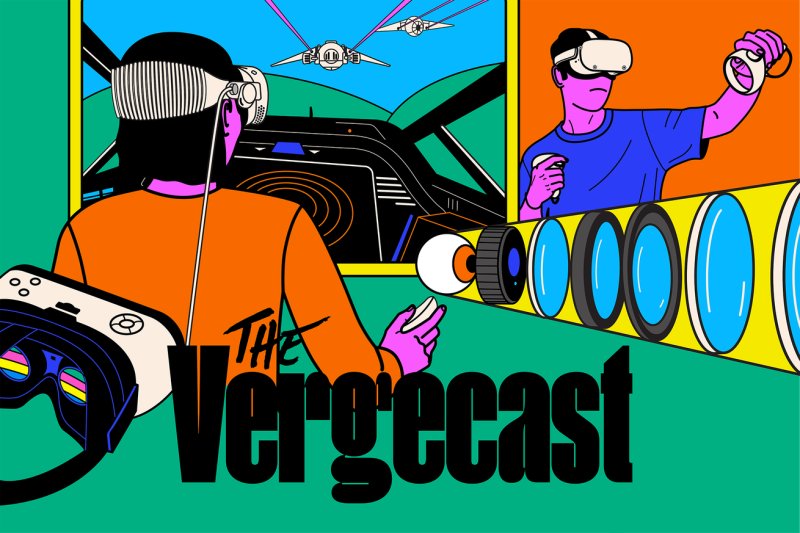In recent years, the concept of virtual reality (VR) has taken the world by storm, offering users an immersive and often surreal experience unlike any other. While initially limited to the realm of entertainment and gaming, VR technology has since expanded to a wide range of fields, from education to healthcare. The ability to create and explore virtual worlds opens up a multitude of possibilities, allowing individuals to see and experience things they may never have the chance to in the real world.
One of the most groundbreaking applications of VR technology is in the field of architecture and urban planning. Architectural firms around the world are increasingly turning to VR to create realistic and interactive models of their designs. This not only allows architects and clients to visualize and walk through a building before it is even constructed but also enables them to make changes and adjustments in real-time, saving time and resources in the design process. By immersing themselves in a virtual version of a building, developers and designers can gain a better understanding of spatial relations, lighting, and overall aesthetics, leading to more efficient and innovative designs.
Another sector that has embraced the power of VR is education. Virtual reality has the potential to revolutionize the way we learn by providing immersive, hands-on experiences that engage students in ways traditional methods cannot. For example, medical students can practice surgeries in a virtual environment, allowing them to refine their skills without the risk associated with real surgeries. Similarly, history students can step back in time and experience historical events firsthand, bringing history to life in a way that textbooks never could. By incorporating VR technology into education, teachers can create dynamic and interactive learning experiences that cater to different learning styles and capture the imagination of students.
Beyond entertainment and education, virtual reality has also found applications in the realm of healthcare. Medical professionals are increasingly using VR to treat a variety of conditions, from phobias to PTSD. By exposing patients to controlled virtual environments that simulate their fears or triggers, therapists can help them confront and overcome their anxieties in a safe and controlled setting. VR technology is also being used in physical rehabilitation to help patients regain mobility and strength after injury or surgery. By engaging patients in immersive and interactive exercises, therapists can motivate them to push their boundaries and achieve quicker recovery.
In conclusion, the power of virtual reality to transport us to new and exciting worlds, both real and imagined, is truly transformative. From architecture to education to healthcare, VR technology has the potential to revolutionize how we work, learn, and heal. As the technology continues to evolve and expand, the possibilities are endless, and the impact on society is sure to be profound. Embracing the potential of virtual reality is not just about seeing the world inside a virtual one—it’s about reimagining our world and shaping a future limited only by our imagination and creativity.

